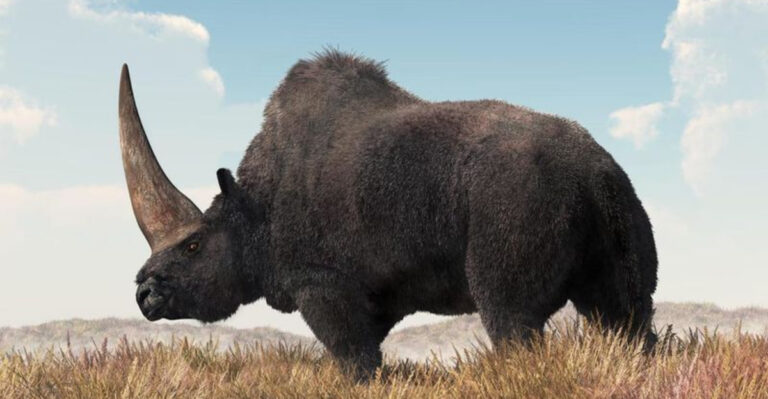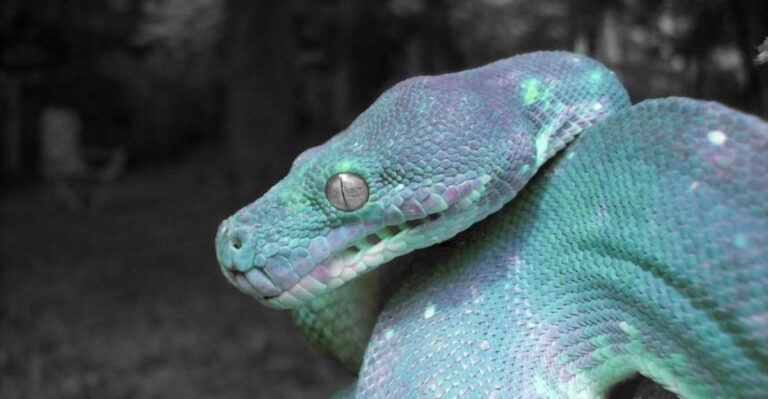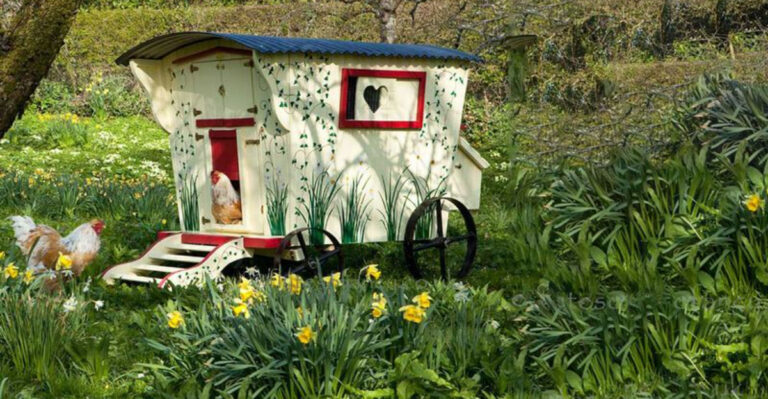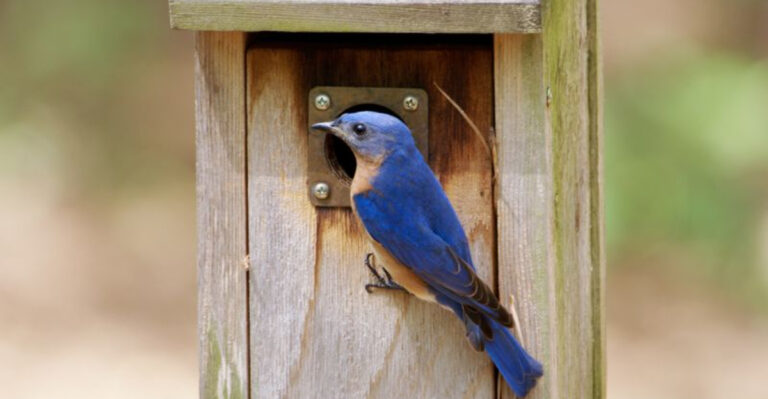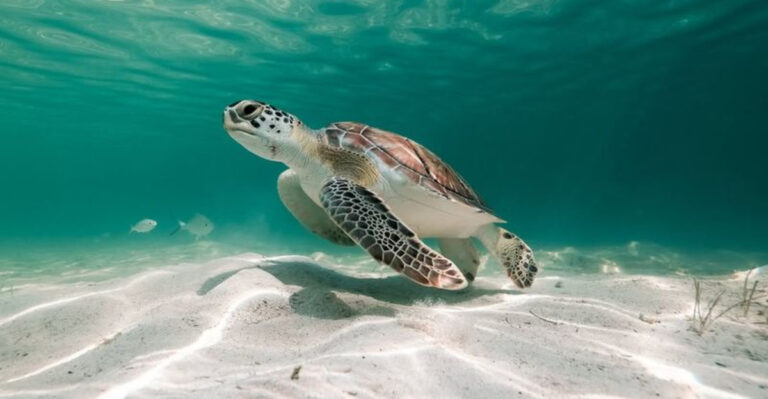16 Endangered Bird Species Fighting To Survive In A Changing World
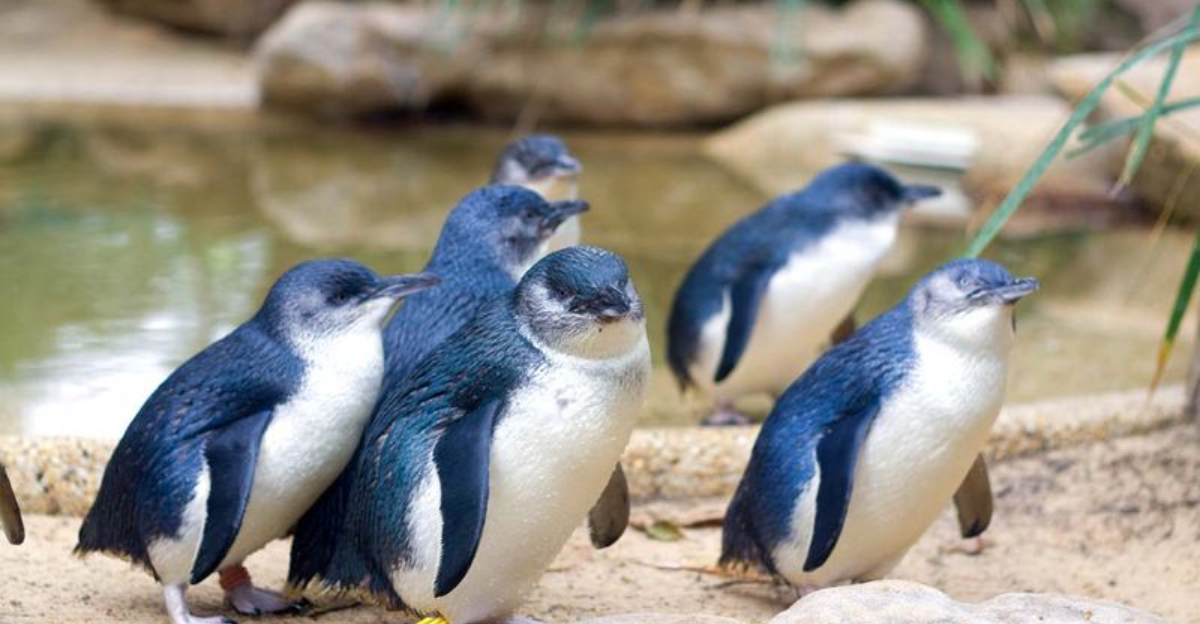
Birds are among the most visible victims of our changing environment. From habitat loss to climate change, many once-common species now teeter on the edge of extinction.
These feathered survivors face enormous challenges but benefit from dedicated conservation efforts worldwide. Their stories reflect both the fragility of nature and our power to make a difference.
1. California Condor
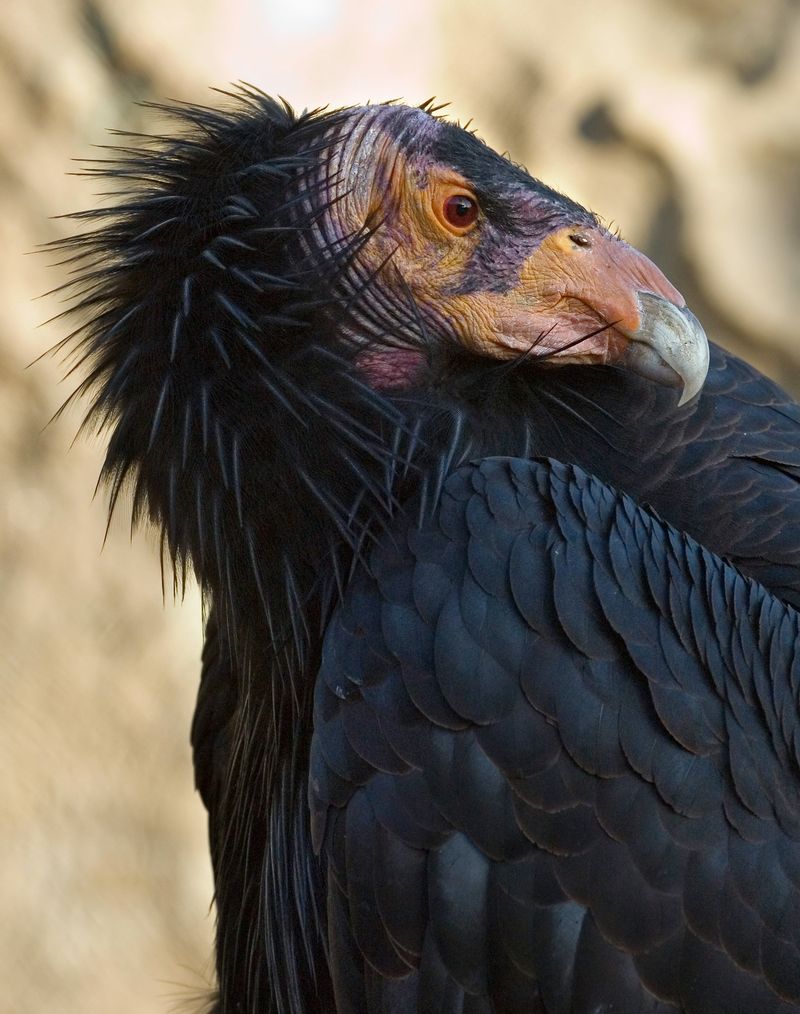
Once reduced to just 22 individuals in the 1980s, North America’s largest bird has made a remarkable comeback. Scientists captured the remaining wild condors for an intensive breeding program that gradually reintroduced these massive scavengers to the skies.
Today, over 300 California condors soar above the western United States, though lead poisoning from ammunition in animal carcasses remains their greatest threat.
2. Kakapo
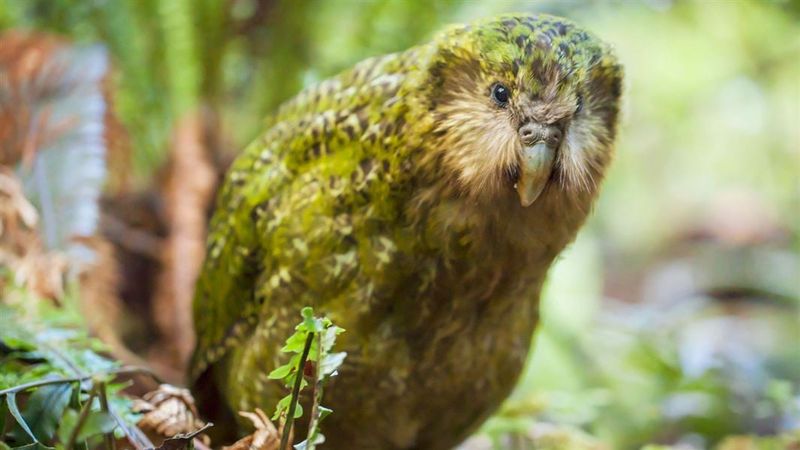
Imagine a chubby, flightless parrot that only comes out at night – that’s the kakapo! With fewer than 250 birds remaining, each individual has a name and receives personal monitoring from New Zealand conservation teams.
These moss-green birds produce a distinctive booming call during breeding season and can live up to 90 years, making them one of the world’s longest-lived birds.
3. Spoon-billed Sandpiper
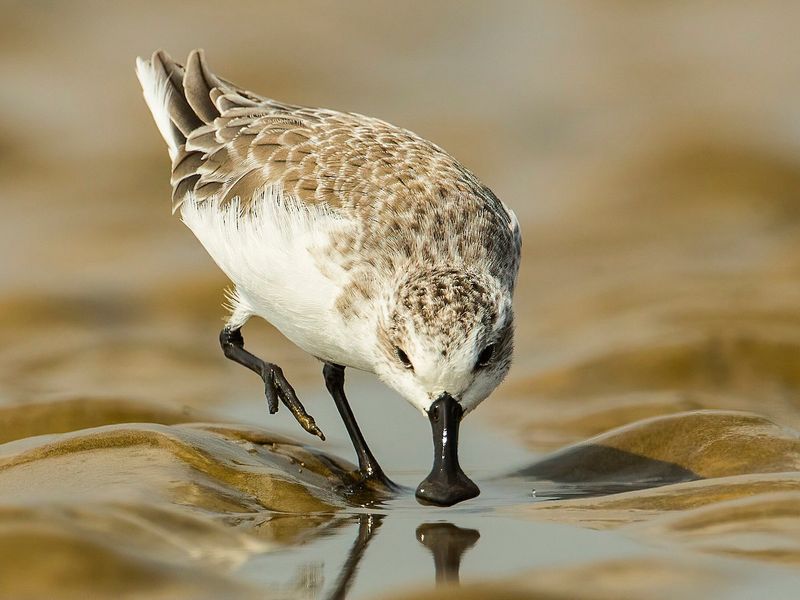
With fewer than 200 breeding pairs left, this tiny shorebird faces extinction within a decade without intervention. Its distinctive spoon-shaped bill makes it instantly recognizable among wading birds.
Migrating 8,000 kilometers between Russia and Southeast Asia, these sandpipers face threats at both breeding grounds and stopover sites where coastal development destroys crucial mudflats they depend on.
4. Northern Bald Ibis
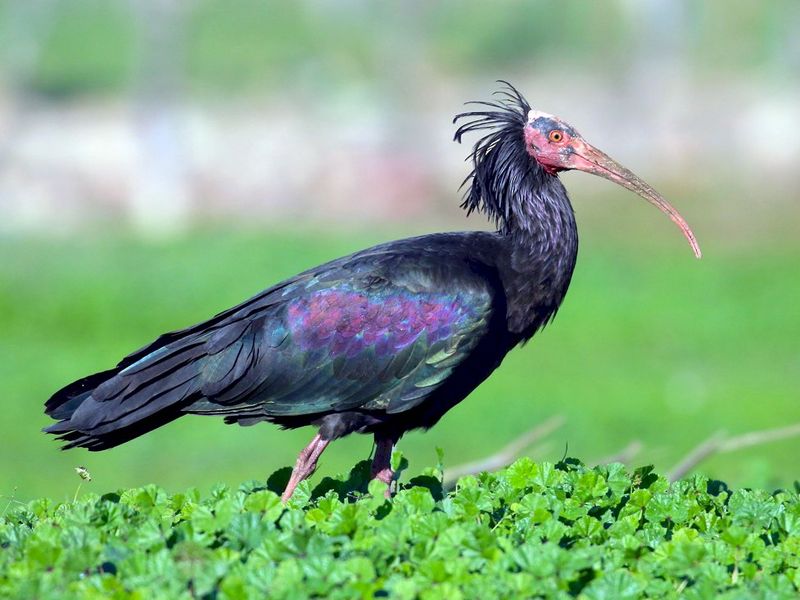
Sporting a punk-rock mohawk of black feathers, these ibises were once sacred in ancient Egypt. Human-led migration projects now teach captive-bred birds their ancestral routes using ultralight aircraft as guides!
Conservation teams in Morocco, Turkey, and Spain have established protected breeding colonies, slowly rebuilding populations that had disappeared from most of their historic range across the Middle East and North Africa.
5. Forest Owlet
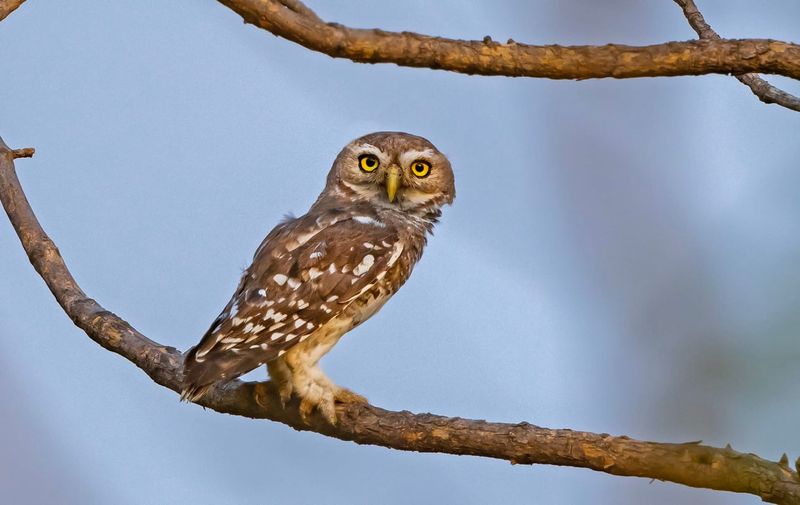
For over 100 years, scientists thought this tiny owl was extinct until its shocking rediscovery in 1997 in central India. Barely larger than a robin, these daytime hunters have distinctive eyebrow-like markings above piercing yellow eyes.
Fewer than 250 forest owlets remain as logging continues to fragment their deciduous forest home in central India, leaving them increasingly vulnerable to predators and competition.
6. Philippine Eagle
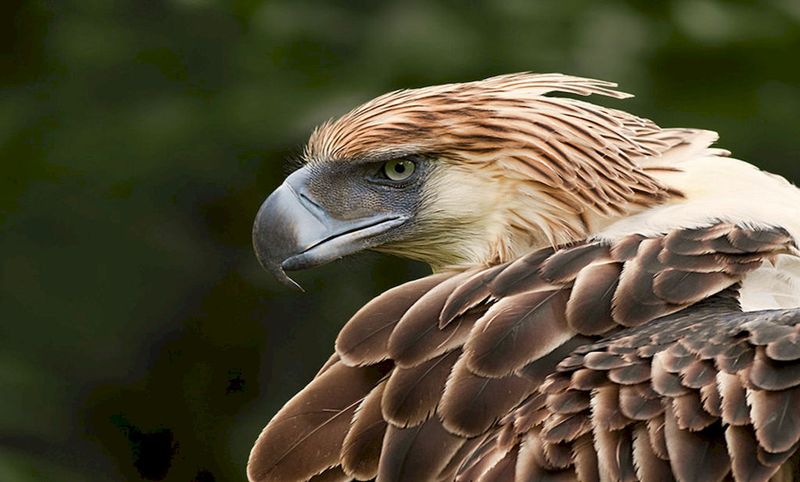
Nicknamed the “monkey-eating eagle,” this majestic raptor can stand three feet tall with a seven-foot wingspan! Each breeding pair requires up to 40 square miles of uninterrupted forest to survive.
Fewer than 400 breeding pairs remain as illegal logging devastates the Philippines’ rainforests. Conservation teams work with local communities to protect nesting sites and prosecute poachers who still hunt these national symbols.
7. Yellow-eyed Penguin
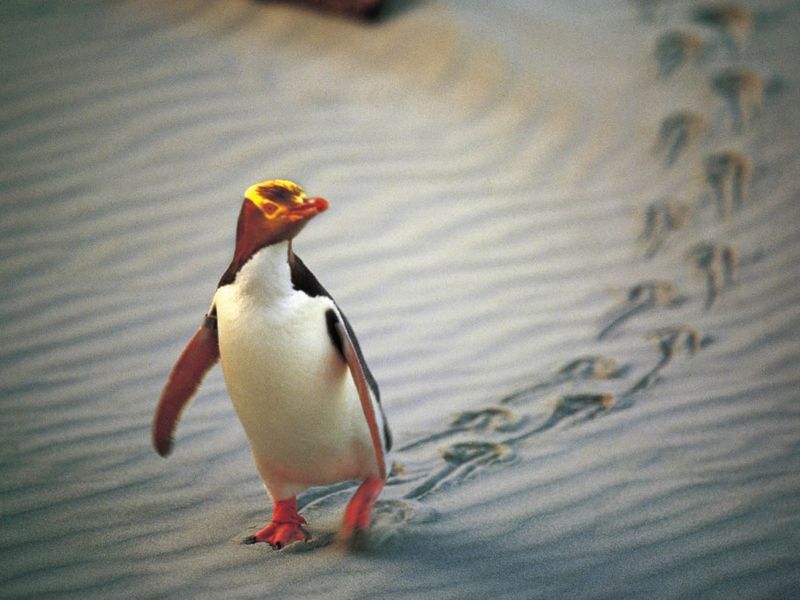
Sporting unique yellow eyes and headband, these solitary penguins are the world’s rarest penguin species. Unlike their Antarctic cousins, they nest in coastal forests and shrublands of New Zealand, preferring privacy from other penguins.
Marine heatwaves have devastated their food supply, while introduced predators like stoats and feral cats attack nesting birds. Disease outbreaks have further reduced their numbers to fewer than 4,000 individuals.
8. Javan Hawk-Eagle
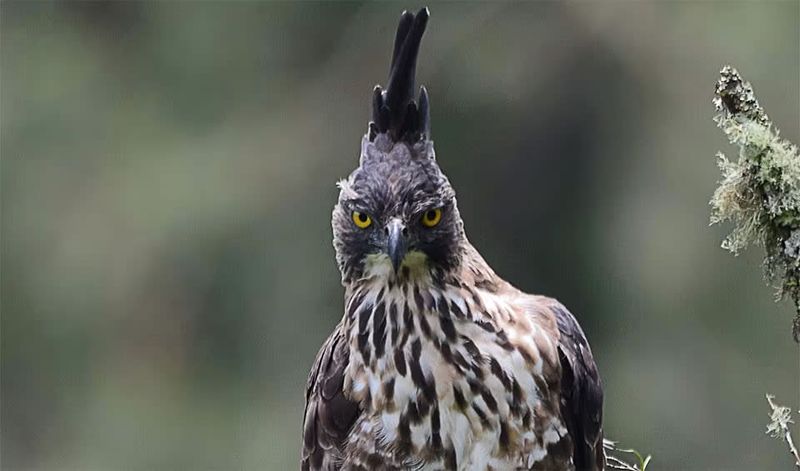
Sporting an impressive crest that resembles a crown, these regal raptors inspired Indonesia’s national emblem. Ironically, this national symbol status increased demand for them as illegal pets, accelerating their decline.
Fewer than 600 remain as Java’s rainforests disappear at alarming rates. Conservation efforts focus on habitat protection and aggressive anti-poaching measures to protect remaining breeding pairs from wildlife traffickers.
9. Seychelles Magpie-Robin
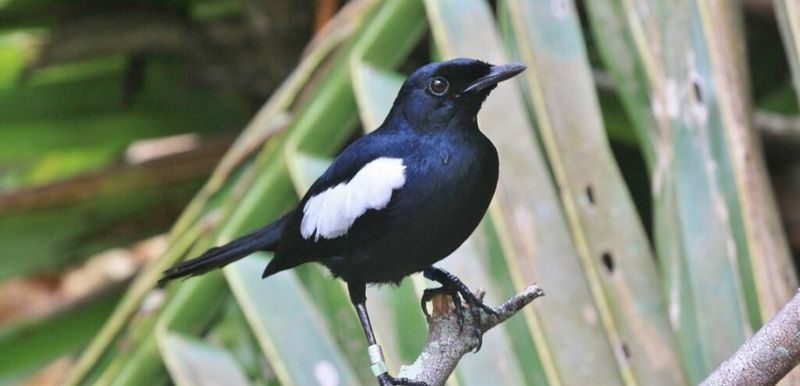
From just 12 birds in 1970 to over 200 today, these glossy black-and-white songbirds represent one of conservation’s greatest comebacks. Relocated to five different islands in the Seychelles, each population receives intensive management.
Habitat restoration and predator control have been crucial to their recovery. Remarkably, these birds became the first endangered species available for purchase through cryptocurrency, with digital tokens funding their protection!
10. Red-crowned Crane
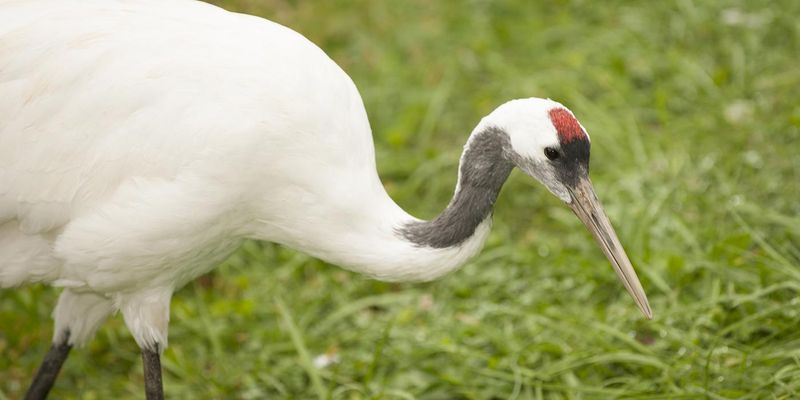
The Red-crowned Crane, known for its striking appearance and enchanting dances, is a symbol of longevity and fidelity. This elegant bird, often found in wetlands and marshes, faces severe threats from habitat destruction.
Once widespread across East Asia, their numbers have dwindled dramatically. Conservation efforts focus on protecting their breeding grounds and ensuring safe migration routes.
Did you know? In Japanese culture, the Red-crowned Crane is a symbol of good fortune and longevity, often featured in traditional art and folklore.
11. Takahe
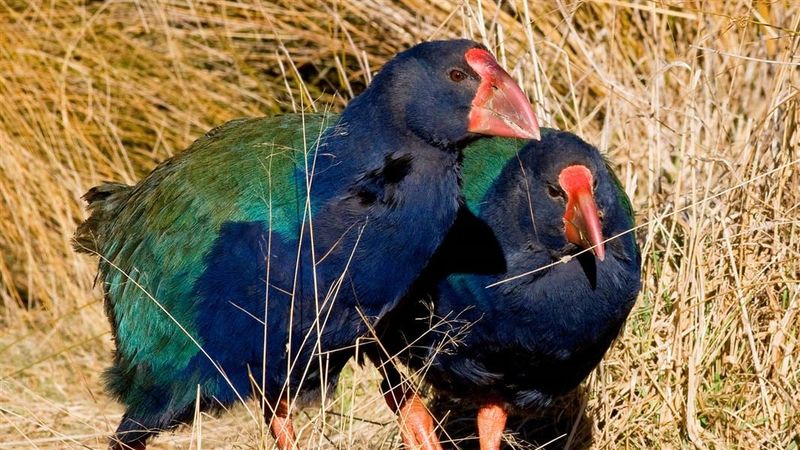
Declared extinct in 1898 only to be rediscovered 50 years later, these flightless blue-purple giants embody resilience. About the size of a chicken but much more colorful, takahe use their massive red bills to strip nutritious segments from tough grass stems.
Today, just over 400 birds survive on predator-free island sanctuaries where New Zealand conservationists continue their breeding program to save this living fossil from a second extinction.
12. Bali Myna
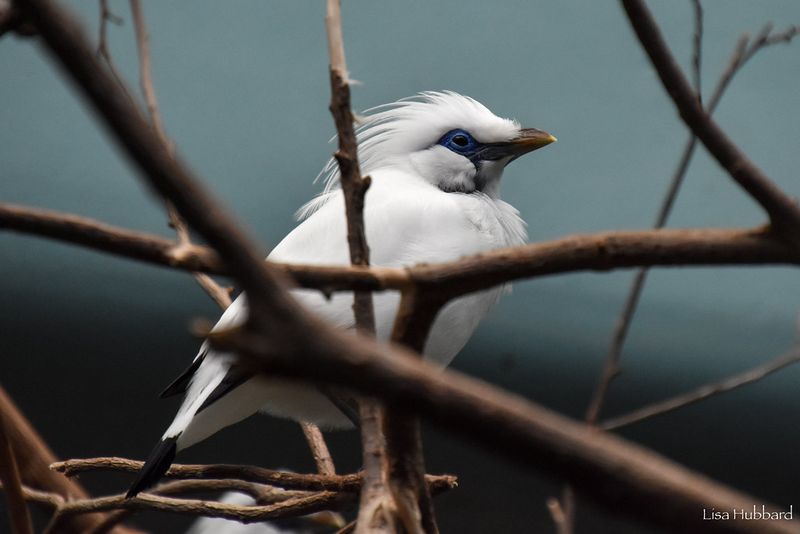
Strikingly beautiful with snow-white plumage and electric blue eye patches, these birds fetch thousands of dollars in illegal wildlife markets. By 2001, just 6 remained in the wild despite being Bali’s official emblem.
Captive breeding and protected sanctuaries have slowly increased their numbers to about 100 wild birds. Anti-poaching patrols and community education programs work to change attitudes toward this living cultural treasure.
13. Northern Spotted Owl
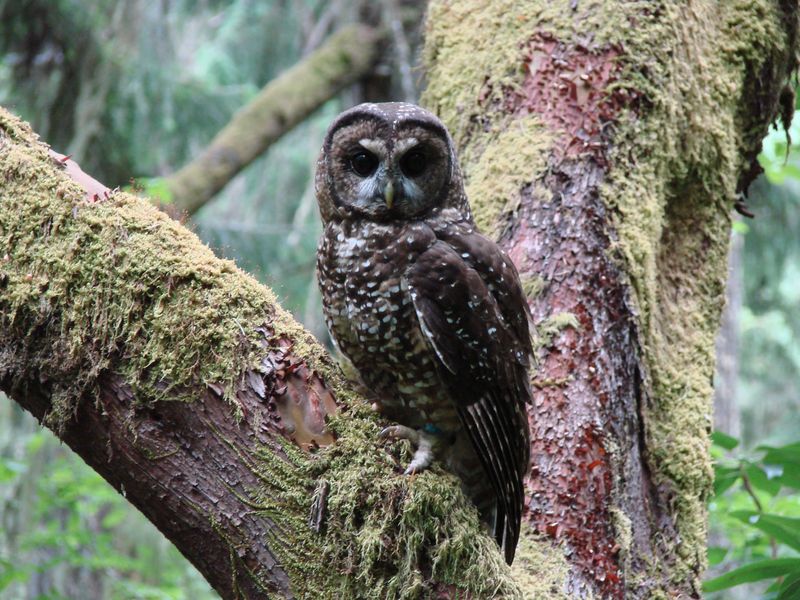
Few birds have sparked more controversy than these chocolate-brown forest dwellers. Their need for ancient forest habitat placed them at the center of bitter logging disputes throughout the Pacific Northwest during the 1990s.
Despite protected status, their numbers continue declining as invasive barred owls move into their territory. Scientists now consider the controversial step of removing competing owl species to save the spotted owl from extinction.
14. Little Blue Penguin
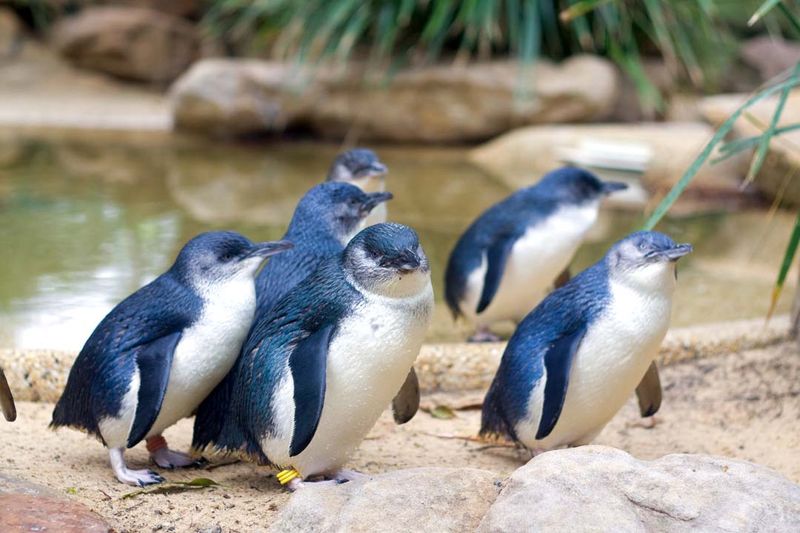
Standing just 13 inches tall, the world’s smallest penguins face outsized challenges. Rising ocean temperatures disrupt their food supply, forcing parents to swim farther from nests, while introduced predators like foxes and dogs raid their coastal colonies.
Australian and New Zealand communities have built penguin-proof fencing around some colonies and installed artificial nesting boxes to protect these beloved blue-feathered swimmers from predators and human disturbance.
15. Kirtland’s Warbler
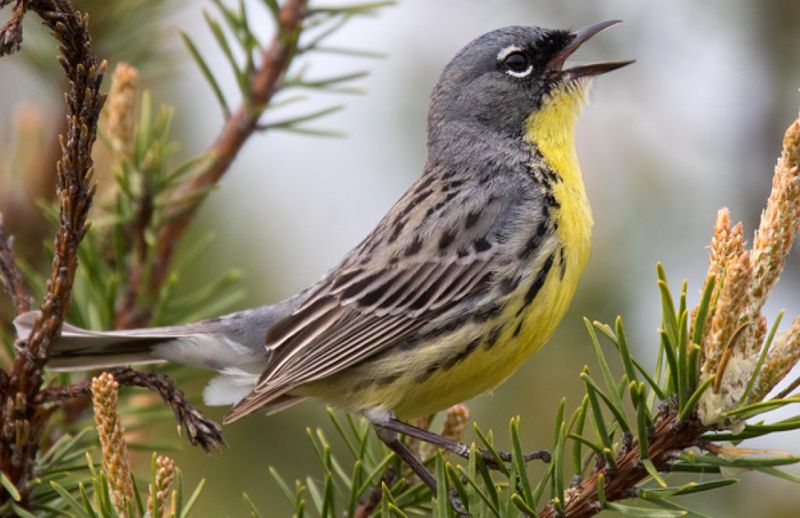
These sunshine-yellow songbirds have incredibly specific housing requirements – they only nest in young jack pine forests between 5-20 years old. Their recovery represents a master class in habitat management.
From just 167 singing males in 1974 to over 2,000 today, conservation teams use controlled burns to create ideal nesting conditions. They also remove brown-headed cowbirds that lay eggs in warbler nests, tricking the smaller birds into raising cowbird chicks.
16. California Least Tern
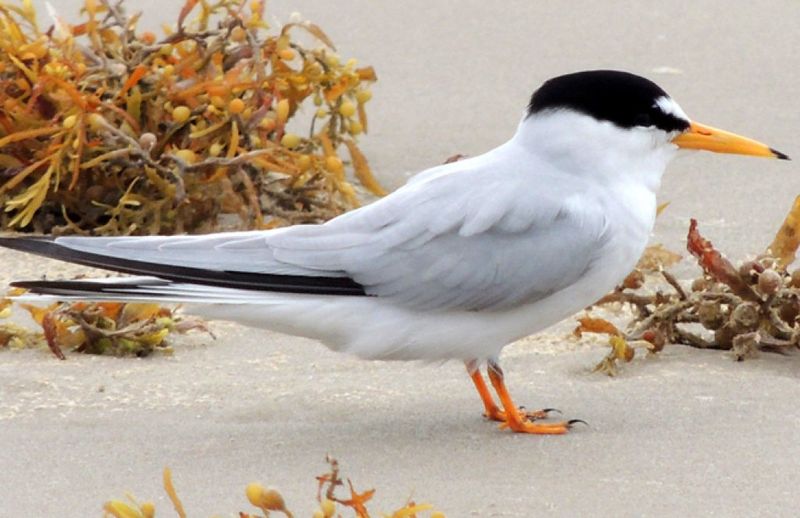
Barely larger than a sparrow, these miniature seabirds lay their perfectly camouflaged eggs directly on sandy beaches – the same beaches packed with summer tourists! Their desperate dive-bombing of approaching predators (including humans) earned them the nickname “little strikers.”
Beach roping and volunteer monitors help protect their vulnerable colonies from disturbance during breeding season. Despite these efforts, sea level rise threatens to wash away their remaining habitat.

